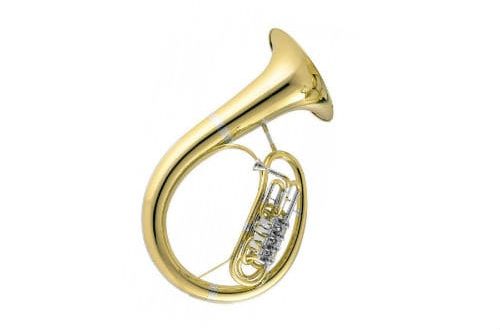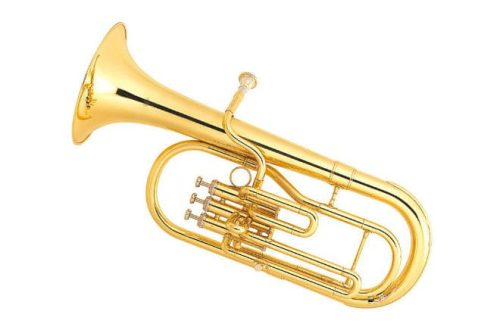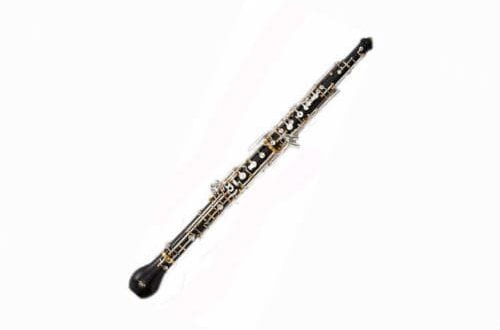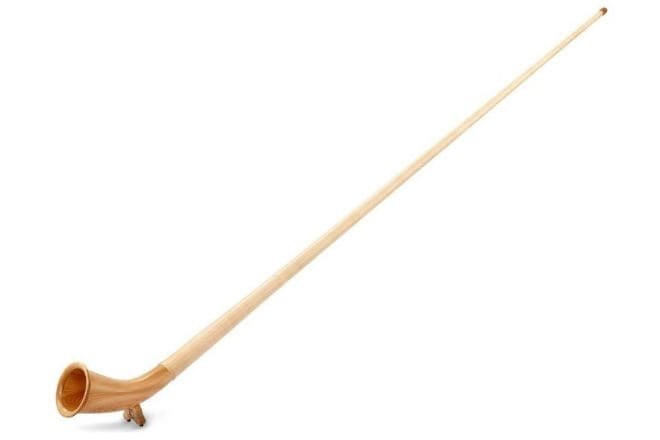
Alpine horn: what is it, composition, history, use
Many people associate the Swiss Alps with the cleanest air, beautiful landscapes, herds of sheep, shepherds and the sound of the alpengorn. This musical instrument is the national symbol of the country. For centuries, its sound was heard when danger threatened, weddings were celebrated or relatives were seen off on their last journey. Today, the alpine horn is an integral tradition of the summer shepherd’s festival in Leukerbad.
What is an alpine horn
The Swiss affectionately call this wind musical instrument “horn”, but the diminutive form in relation to it sounds strange.
The horn is 5 meters long. Narrow at the base, it widens towards the end, the bell lies on the ground when played. The body does not have any side openings, valves, so its sound range is natural, without mixed, modified sounds. A distinctive feature of the Alpine horn is the sound of the note “fa”. It differs from natural reproduction by being close to F sharp, but it is impossible to reproduce it on other instruments.

The clear, pure sound of the bugle is difficult to confuse with playing other instruments.
Tool device
A five-meter pipe with an expanded socket is made of fir. For this, only even trees without knots with a diameter of at least 3 centimeters at one end and at least 7 centimeters at the other were selected for this. Initially, the horn did not have a mouthpiece, or rather, it was one with the base. But over time, the nozzle began to be made separately and replaced as it was worn out, inserting it into the base of the pipe.
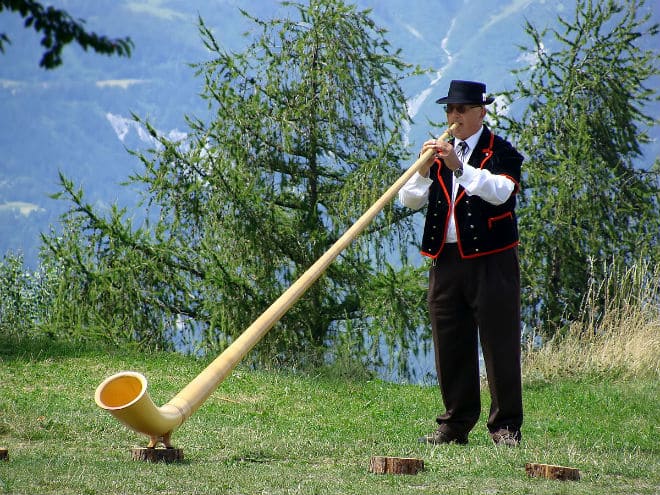
History
The Alpine horn was brought to Switzerland by Asian nomadic tribes. When exactly the tool appeared in the expanses of high mountain valleys is unknown, but there is evidence of its use as early as the 9th century. With the help of a horn, the inhabitants learned about the approach of the enemy. There is a legend that once a shepherd, seeing a detachment of armed warriors, began to blow a bugle. He did not stop playing until the inhabitants of his city heard the sound and closed the gates of the fortress. But his lungs could not stand it from the strain and the shepherd died.
Documented data on the use of the tool appeared in the 18th and 19th centuries. In 1805, a festival was organized near the town of Interlaken, the prize for winning in which was a pair of sheep. To participate in it were only two people who divided the animals among themselves. In the middle of the 19th century, Johann Brahms used the alpengorn part in his First Symphony. A little later, the Swiss composer Jean Detwiler wrote a concerto for alpine horn and orchestra.
Use of the alpine horn
At the beginning of the 19th century, the popularity of playing the horn began to fade, and the skills of owning the instrument were lost. Yodel singing, a falsetto reproduction of throat sounds inherent in the folk art of the inhabitants of Switzerland, began to enjoy popularity. The attention of famous composers to pure sound and natural sound scale resurrected the alpine horn. Ferenc Farkas and Leopold Mozart created their own small repertoire of academic music for the alpengorn.
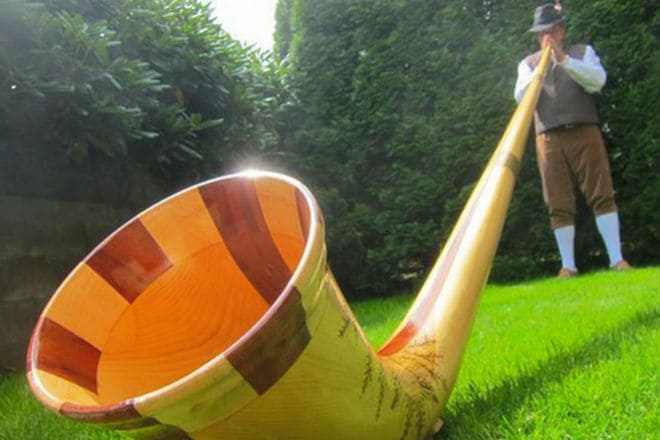
Today, many perceive the instrument as part of the traditional shows of Swiss folklore groups. But the power of the tool should not be underestimated. He can sound both solo and in an orchestra. As before, its sounds tell about joyful, anxious, mournful moments in people’s lives.



